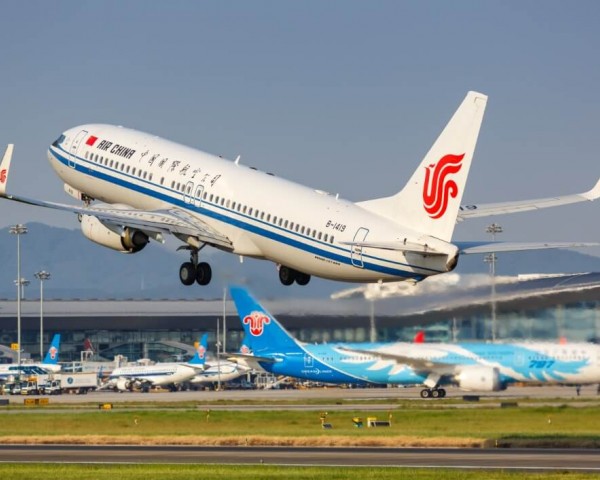In recent weeks, several global airlines, particularly those based in Europe, have announced their decision to exit the Chinese market due to declining demand. Notable carriers such as Finnair, Lufthansa, Virgin Atlantic, British Airways, SAS Scandinavian Airlines, and LOT Polish Airlines have all reduced their flight frequencies or abandoned routes altogether. These announcements have been increasing since the beginning of the 2024 school year, reflecting the ongoing trend of European airlines stepping back from China.
In early August, British Airways suspended its London-Beijing flights for a year. Similarly, Virgin Atlantic revealed that it would halt its London-Shanghai route after 25 years of service. In October, Lufthansa confirmed it would cease its daily Frankfurt-Beijing flights, effective October 26. In the coming weeks, SAS will also stop operating flights between Copenhagen and Shanghai, while LOT will discontinue its Warsaw-Beijing route, which had only been relaunched in June 2024.
Across Europe, airlines are more or less discreetly reducing capacity to China, citing – when they do – current market conditions and stagnant demand.
Unfair Competition
The issue at hand is competition from Chinese companies. These companies benefit from significantly lower operating costs and have the added advantage of being allowed to fly over Russian territory, a privilege that European airlines lost following the onset of the conflict in Ukraine.
KLM CEO Marjan Rintel expressed the challenges this poses: “It takes us two extra hours to reach China, which also requires four additional crew members and, of course, more fuel — and fuel is not cheap these days. It’s frustrating, and I believe it’s detrimental to our relationships. We are engaged in international competition, making it very difficult to operate under restrictions that do not affect others.”
Rintel has previously urged the European Commission to take action against what he views as unfair competition, suggesting the implementation of price controls or other measures to restore balance on the Europe-China routes.
Opportunities for Chinese Companies
Chinese airlines have been quick to capitalize on recent opportunities. In the summer of 2024, the frequency of flights operated by Chinese airlines has increased by 50% compared to the summer of 2023. Notably, their scheduled flights to Europe have surged by 74%, adding 6,331 flights, according to analysis from the Official Aviation Guide (OAG), a data provider for the global travel industry.
Specifically, London has become the primary gateway for Chinese airlines, with 2,407 flights arriving this summer, a 35% increase. This puts London ahead of Frankfurt, while Paris, previously the market leader, dropped to fourth place.
According to the OAG’s analysis, “Chinese airlines are embracing a ‘build the network and the passengers will come’ strategy for network expansion.” They are quickly developing their long-haul routes wherever possible, irrespective of the current demand. The most recent announcement is Hainan Airlines’ launch of a two-week Madrid-Shenzhen route, set to begin on November 19.









